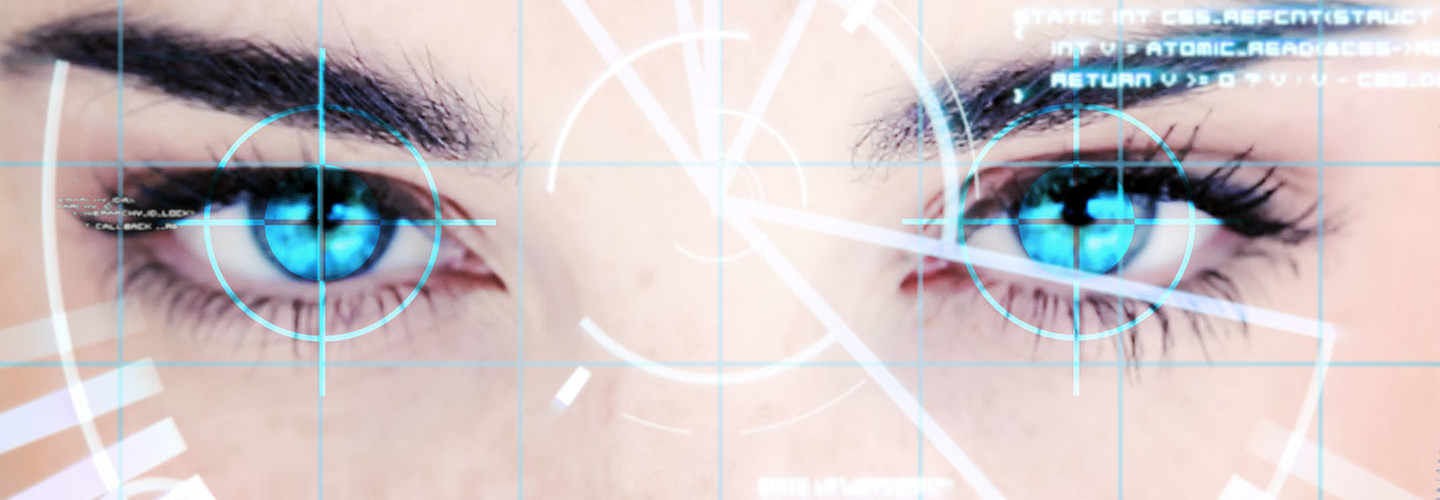Cognitive Computing, Telehealth Boost Sight-Threatening Disease Diagnoses
Advancements in health technology are proving to be a sight for sore eyes as researchers delve into new ways to treat and diagnose diseases that threaten sight.
IBM Sets Sights on Advancing Eye Health Through Cognitive Computing
IBM is calling on its Watson cognitive-computing platform and a partnership with IDx, an Iowa City-based company that creates medical devices focused on automatically detecting eye disease from retinal images, to advance eye health technology.
The company recently entered into a collaboration with IDx, targeting the combination of cognitive computing and ophthalmic image analysis as a way to more effectively diagnose and treat patients with diabetic retinopathy and other serious eye conditions such as glaucoma and age-related macular degeneration, according to a press release.
Moreover, the company is training Watson to identify retina abnormalities. Melbourne-based IBM researchers announced in March that they had trained a research version of their cognitive-thinking platform to recognize abnormalities in retinal images, which could eventually allow physicians to more quickly and accurately identify who is at risk for diseases, such as glaucoma.
To train Watson, researchers applied “deep learning techniques and image analytics technology to 88,000 de-identified retina images accessed through EyePACS [a web-based application for exchanging eye-related clinical information] to analyze key anomalies of the eye,” a statement on the project notes.
“Medical image analysis with cognitive technology has the capacity to fundamentally change the delivery of healthcare services,” Dr. Joanna Batstone, vice president and lab director at IBM Research Australia, said in the statement. “Medical images represent a rich source of data for clinicians to make early diagnosis and treatment of disease, from assessing the risk of melanomas to identifying eye diseases through the analysis of retinas. Cognitive technology holds immense promise for confirming the accuracy, reproducibility and efficiency of clinicians’ analyses during the diagnostic workflow.”
Telehealth Models Offer New Paths to Diagnoses
New care models are also bringing technologies that help to identify retinal diseases to patients earlier and more often.
A partnership between Missouri-based nonprofit CoxHealth and telemedicine platform Intelligent Retinal Imaging Systems (IRIS) has brought retinal exams to diabetes patients at the primary point of care. This has not only led to more diagnoses of sight-threatening diseases as exam rates rose from 32 percent to 70 percent, but it also helps the provider improve its Healthcare Effectiveness Data and Information Set (HEDIS) quality scores.
“By placing the exam at the primary point of care and connecting the data with our [emergency medical records], in five months we have examined more than 2,600 patients,” said Dr. Mark Costley, CoxHealth’s medical director, in a statement. “We have detected 800 potential sight-threatening conditions, including 347 that had a form of diabetic retinopathy with the potential of causing near term blindness. CoxHealth is closing the care gap among our patients with diabetes while significantly supporting our ability to improve our compliance rates.”
The successful collaboration won the organizations the Microsoft Health Innovation Award.








